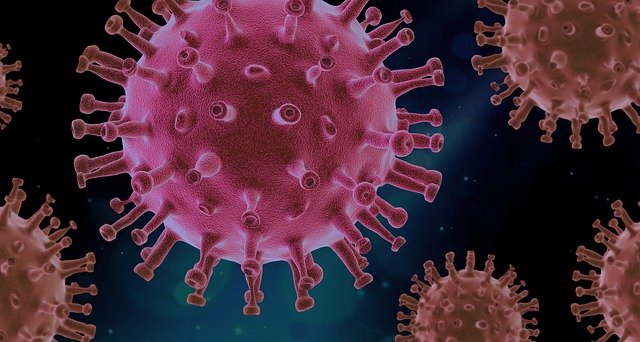Interview with Per Henriksson, Managing Director at the Swedish Seed Association SVUF, date 25 March 2020
European Seed (ES): Per, how is the situation in Sweden under COVID-19?
Per Henriksson (PR): To start I must point out that Sweden to date is less affected by the virus compared to several other European countries. At this point around 2000 people have been established as carrier of the disease and around 20 elderly infected people have unfortunately passed away. But we are probably only in the beginning of the curve of the infection.
ES: How is the Swedish seed sector doing?
PR: The, so far, limited effect of the disease on the general public has also meant the seed industry has managed to prepare and deliver the seed for the upcoming spring drilling more or less according to plan throughout the country. Also import and logistics of primarily potato tubers for planting from Denmark, The Netherlands and/or Germany has worked well despite the closed borders. The start of the spring crops should thereby be under control.
ES: Are there any other effects?
PR: The consequences of this pandemic will to a great extent still be felt by the farming community. The global economic turmoil that follows the COVID-19 epidemic has hit the Swedish currency hard with a significant worsened exchange rate towards the euro and dollar. This will lead to significantly higher price for needed commodities which will be needed during this year’s growing season. Taking into account the severe drought and low yield of the 2018 season, many farming operations are already financially stretched and will have difficulties to withstand the expected increased costs for input products.
ES: How about labour shortages?
PR: Yes, you are right. A further worry particularly affecting vegetable- as well as fruit/berry producers concerns the availability of labour during the harvest season. The labour force of these companies normally arrives from Poland, the Baltic counties or Southeast Asia. With travel restrictions and closed borders in many countries, there is a considerable risk that there will not be a sufficient workforce available at harvest.













